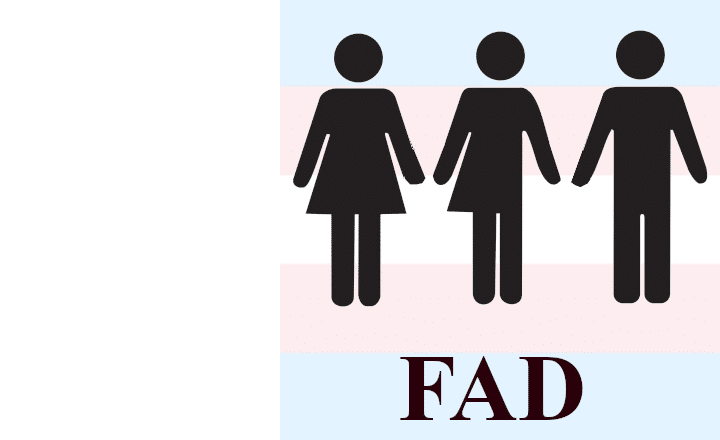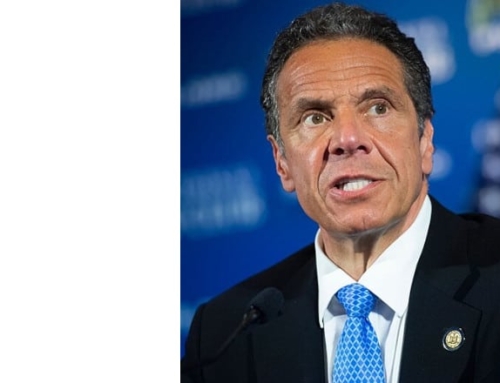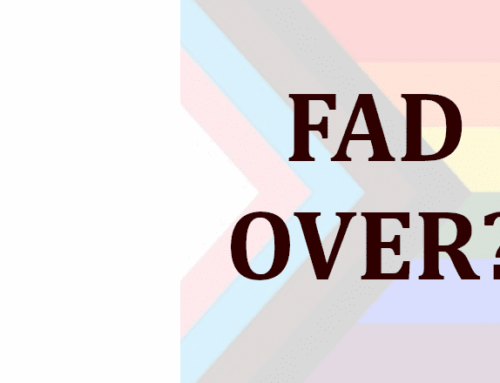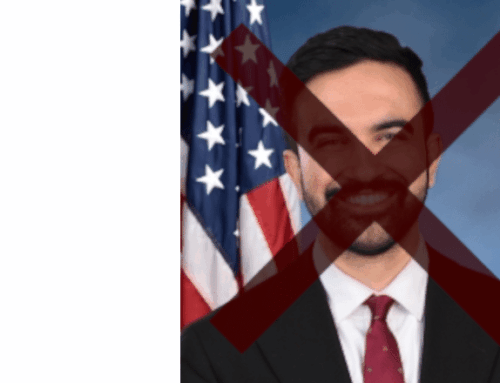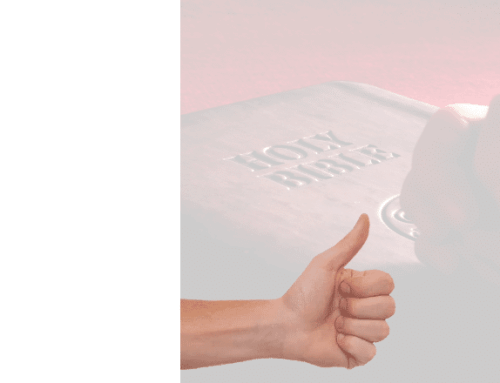“Is the Trans and Non-Binary Fad Over?” That is the title of a recent article I wrote on the work of Eric Kaufmann, a professor at the University of Buckingham. After scouring the findings of several studies, he concluded that the trans and queer phenomenon is in serious decline. He made it clear, as others have before him, that young people who identify as trans and queer have multiple mental health issues.
So what’s up? To put it bluntly, why are these people so screwed up?
Kaufmann is reluctant to identify the independent and dependent variable, or the cause and effect. To his credit, he sheds light on this by examining the political beliefs of these young people. What he found is critical.
He is convinced that “there are significant correlations between gender, sexuality, political beliefs and mental health. In particular, trans or non-binary individuals, as well as very liberal students, are much more likely than others to be non-heterosexual. Very liberal, trans and non-heterosexual students are also more likely than other students to be anxious and depressed….”
Kaufmann’s conclusion is consistent with what he found in his 2022 report, “Born This Way? The Rise of LGBT as a Social and Political Identity.” Here are some of his most notable findings.
- Much of the LGBT rise has occurred among very liberal or far left-wing young people, and this is especially true of women
- Very liberal ideology and LGBT identification are associated with mental health problems such as depression (their happiness quotient is near zero)
- Students who major in the social sciences and humanities are especially prone to being LGBT, and the majority (52 percent) who major in race and gender studies identify as LGBT
- Non-religious students are more likely than religious students to identify as LGBT
It seems plain that ideology plays a significant role in accounting for the maladies of LGBT people. Those who major in the social sciences and humanities have long been drawn to left-wing ideologies, and those who specialize in race and gender studies are even more likely to be highly critical of the status quo. Radical ideas excite these students.
So as not to be misunderstood, most liberals do not seek to “transition” to the opposite sex, but a disproportionate number do. That still needs explaining.
To be precise, liberalism today is a far cry from the way it was understood in the nineteenth century. At that time, liberalism put a premium on free speech, especially political discourse. No more. In fact, today’s liberals have more in common with yesterday’s radicals than they do with JFK liberals.
In both Kaufmann’s 2022 and 2025 reports, he draws on the work of the Foundation for Individual Rights and Expression (FIRE) to make his point. As consecutive FIRE studies have found, today’s college students who identify as liberal are the most likely to believe it is acceptable to shout down speakers they find disagreeable.
For instance, in his 2022 report, Kaufmann found that “White female students in leading US universities who identify as very liberal and support shouting down speakers to prevent them from uttering harmful speech have a nearly 7 in 10 chance of identifying as LGBT.” This finding is startling. There is something deranged going on.
The causal sequence now makes sense.
Today’s “liberal” students do not believe in free speech, making them the most illiberal students on campus. As we learned, most are not religious, and many are militant in their secular convictions. Illiberal and secular, these students naturally evince an animus against traditional morality, and that certainly means Christian sexual ethics. For some, this manifests itself in a rebellion against nature and a desire to transcend it.
From a Catholic perspective, what the data show is entirely understandable. It is not easy to be happy if one is preoccupied with railing against one’s own biological condition. That’s not normal. Nature, and nature’s God, can never be beaten, and attempts do so not only fail, they leave behind a trail of despair.
Regrettably, those who teach gender studies, and who counsel young people seeking to “transition,” are the last ones to tell their students and clients the truth. They are doing them a great disservice. But then again many of these professors and therapists are themselves miserably unhappy, and often unstable, making this a very sick stew in the end.



